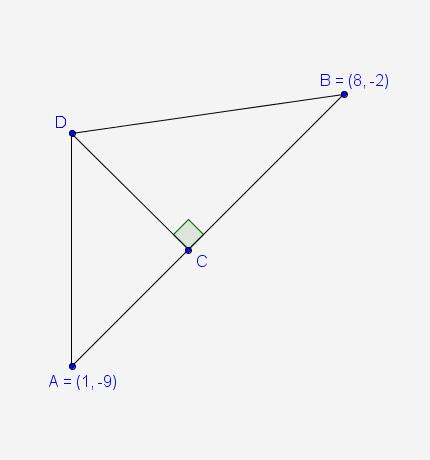
Mathematics, 16.11.2019 09:31 saniyawilliams1207
Information about the recycling drive at school is shown in the table. let a be the event that the item pulled out of the recycling bin is a plastic bottle, and let b be the event that a tenth grader recycled that item.
a 5-column table has 4 rows. the first column has entries tenth grade, eleventh grade, twelfth grade, total. the second column is labeled aluminum cans with entries 80, 56, 64, 200. the third column is labeled glass bottles with entries 30, 9, 26, 65. the fourth column is labeled plastic bottles with entries 40, 45, 50, 135. the fifth column is labeled total with entries 150, 110, 140, 400.
which statement is true about whether a and b are independent events?
a and b are independent events because p(a∣b) = p(a).
a and b are independent events because p(a∣b) = p(b).
a and b are not independent events because p(a∣b) ≠ p(a).
a and b are not independent events because p(a∣b) ≠ p(b).

Answers: 3
Another question on Mathematics

Mathematics, 21.06.2019 16:20
To prove that def ~ gfh by the sss similarity theorem using the information provided in the diagram, it would be enough additional information to know that
Answers: 3

Mathematics, 21.06.2019 17:00
When only separate discreet points are graphed it is called?
Answers: 1

Mathematics, 21.06.2019 17:00
In tossing one coin 10 times, what are your chances for tossing a head? a tail? 2. in tossing one coin 100 times, what are your chances for tossing a head? a tail? 3. in tossing one coin 200 times, what are your chances for tossing a head? a tail? deviation = ((absolute value of the difference between expected heads and observed heads) + (absolute value of the difference between expected tails and observed tails)) divided by total number of tosses. this value should always be positive. 4. what is the deviation for 10 tosses? 5. what is the deviation for the 100 tosses? 6. what is the deviation for 200 tosses? 7. how does increasing the total number of coin tosses from 10 to 100 affect the deviation? 8. how does increasing the total number of tosses from 100 to 200 affect the deviation? 9. what two important probability principles were established in this exercise? 10. the percent of occurrence is the obtained results divided by the total tosses and multiplied by 100%. toss the coins 100 times and record your results. calculate the percent occurrence for each combination. percent head-head occurrence: percent tail-tail occurrence: percent head-tail occurrence:
Answers: 3

Mathematics, 21.06.2019 18:00
An appliance store sells lamps at $95.00 for two. a department store sells similar lamps at 5 for $250.00. which store sells at a better rate
Answers: 1
You know the right answer?
Information about the recycling drive at school is shown in the table. let a be the event that the i...
Questions

Mathematics, 17.10.2019 01:40


English, 17.10.2019 01:40


English, 17.10.2019 01:40

Mathematics, 17.10.2019 01:40

Mathematics, 17.10.2019 01:40

Advanced Placement (AP), 17.10.2019 01:40

Advanced Placement (AP), 17.10.2019 01:40



Mathematics, 17.10.2019 01:40



Arts, 17.10.2019 01:40



Mathematics, 17.10.2019 01:40






